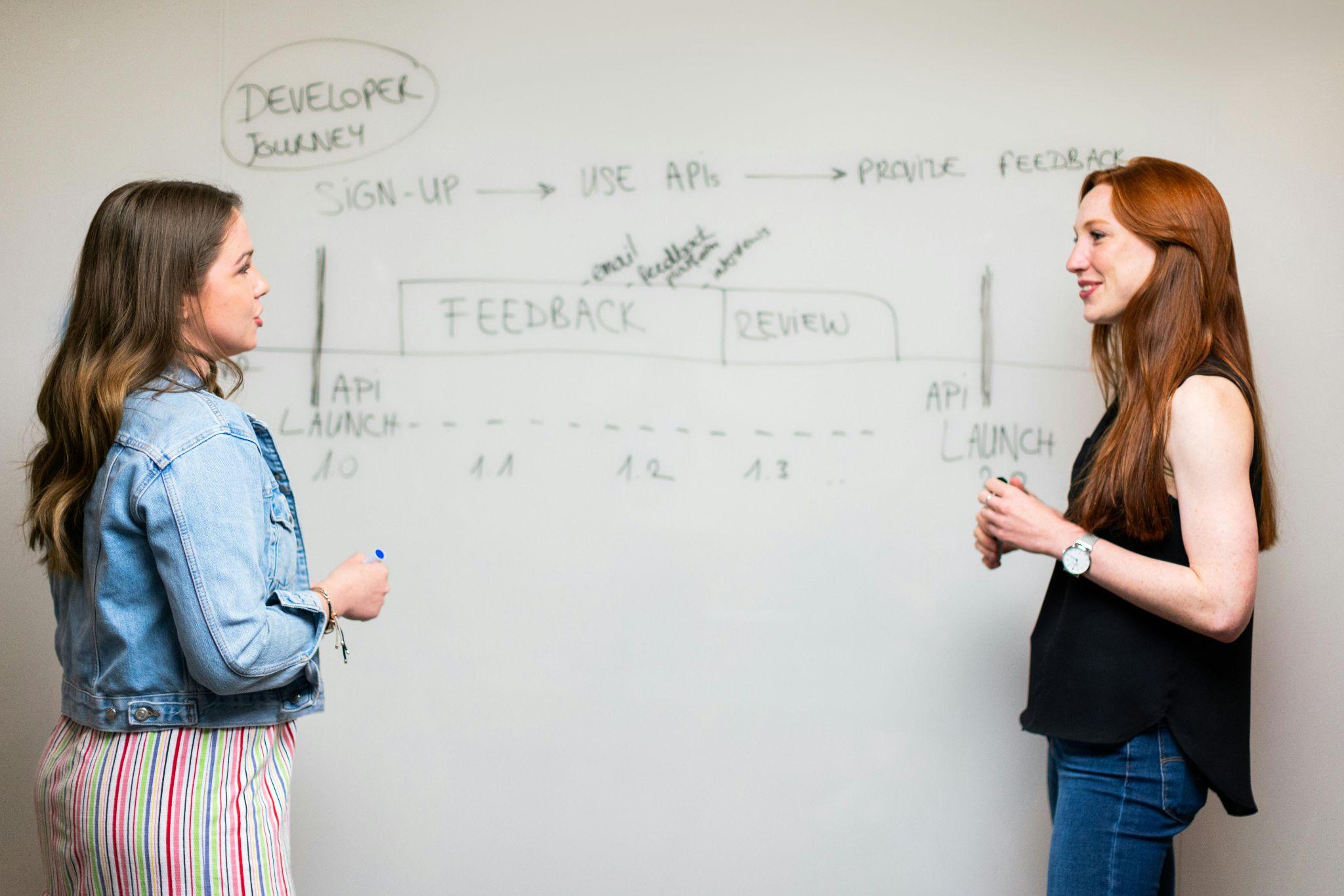
In today’s competitive business landscape, customer feedback has emerged as a critical driver of sustainable growth and success. According to Forbes, companies that excel at leveraging customer feedback are 60% more profitable than their competitors who don’t prioritize customer input. CNN Business reports that organizations implementing systematic feedback programs see a 25% increase in customer retention rates.
Enhancing Product and Service Quality
The continuous improvement of products and services relies heavily on understanding and implementing customer insights. Through systematic collection and analysis of feedback, businesses can identify gaps between customer expectations and actual delivery.
Identifying Product Flaws and Areas for Improvement
| Feedback Category | Common Issues | Improvement Actions | Business Impact | Implementation Time |
|---|---|---|---|---|
| Product Usability | Interface complexity | Simplified design | 40% reduced support tickets | 2-3 months |
| Performance | Speed issues | System optimization | 25% increased user engagement | 1-2 months |
| Features | Missing functionality | New feature development | 35% higher customer satisfaction | 3-4 months |
| Reliability | System downtime | Infrastructure upgrade | 50% reduced churn rate | 2-3 months |
| Support | Response time | Team expansion | 45% improved resolution time | 1 month |
| Documentation | Unclear instructions | Content enhancement | 30% fewer support queries | 1-2 months |
| Mobile Access | Limited functionality | App development | 55% increased mobile usage | 4-6 months |
| Integration | Compatibility issues | API improvements | 40% better system connectivity | 2-3 months |
Implementing Customer Suggestions
Successful integration of customer feedback into product development requires a structured approach:
- Voice of Customer Programs: Systematic collection and analysis of customer opinions through multiple channels
- Feedback Prioritization: Assessment of suggestions based on impact, feasibility, and strategic alignment
- Implementation Roadmap: Clear timeline for incorporating validated improvements
- Communication Strategy: Regular updates to customers about how their feedback is being addressed
- Impact Measurement: Tracking metrics to validate the effectiveness of implemented changes
- Continuous Monitoring: Regular assessment of implemented changes
- Feedback Loop Closure: Communicating results back to customers
- Innovation Integration: Using feedback to drive new product development
Advanced Feedback Collection Methods
Modern businesses employ various sophisticated techniques for gathering customer insights:
- AI-Powered Sentiment Analysis
- Real-time monitoring of social media
- Automatic categorization of feedback
- Trend identification and prediction
- Priority alerting for negative sentiment
- Interactive Feedback Platforms
- In-app feedback collection
- QR code-based surveys
- Voice-activated feedback systems
- Gamified feedback collection
- Behavioral Analytics
- User journey mapping
- Click pattern analysis
- Heat map generation
- Session recordings
Building Customer Loyalty and Satisfaction

Customer loyalty is directly correlated with how well businesses listen and respond to feedback. BBC’s business analysis reveals that customers are five times more likely to remain loyal to brands that actively seek and implement their feedback.
Advanced Loyalty Metrics
| Metric Type | Measurement Method | Key Indicators | Business Value |
|---|---|---|---|
| Engagement Score | Multi-channel interaction | Activity frequency | Prediction of churn risk |
| Loyalty Index | Purchase patterns | Repeat business | Revenue forecasting |
| Advocacy Rating | Referral tracking | Word-of-mouth | Marketing efficiency |
| Lifetime Value | Historical analysis | Long-term worth | Investment planning |
| Satisfaction Trend | Longitudinal surveys | Experience quality | Service improvement |
| Brand Affinity | Sentiment analysis | Emotional connection | Marketing strategy |
Creating a Comprehensive Feedback Loop
-
Establish multiple feedback collection channels
- Direct surveys and questionnaires
- Social media monitoring
- Customer service interactions
- Product usage analytics
-
Implement real-time feedback monitoring systems
- Automated alert systems
- Sentiment tracking
- Response time monitoring
- Issue escalation protocols
-
Analyze and categorize feedback systematically
- AI-powered categorization
- Priority assessment
- Impact evaluation
- Trend analysis
-
Develop action plans based on feedback themes
- Cross-functional team involvement
- Resource allocation
- Timeline development
- Success metrics definition
-
Execute improvements and changes
- Phased implementation
- A/B testing
- Performance monitoring
- Risk mitigation
-
Communicate actions taken to customers
- Progress updates
- Implementation announcements
- Success stories
- Future plans
-
Monitor impact and gather follow-up feedback
- Performance metrics
- Customer satisfaction scores
- Business impact assessment
- ROI calculation
Digital Tools for Feedback Management
| Tool Category | Primary Function | Key Benefits | Integration Level |
|---|---|---|---|
| Survey Platforms | Data Collection | Automated gathering | High |
| Analytics Software | Data Analysis | Pattern recognition | Medium |
| CRM Systems | Customer Tracking | Relationship management | High |
| AI Solutions | Sentiment Analysis | Real-time insights | Medium |
| Automation Tools | Process Management | Efficiency improvement | High |
| Dashboard Systems | Visualization | Decision support | Medium |
Advanced Implementation Strategies

Creating a Customer-Centric Culture
Essential elements for building a feedback-driven organization:
- Leadership Commitment
- Executive sponsorship
- Resource allocation
- Strategic priority
- Cultural alignment
- Employee Training
- Customer service skills
- Feedback collection methods
- Data analysis capabilities
- Response protocols
- Process Integration
- Workflow optimization
- System integration
- Performance metrics
- Quality control
- Technology Adoption
- Digital tools
- Automation systems
- Analytics platforms
- Communication channels
Measuring ROI of Feedback Programs
| Metric | Calculation Method | Target Range | Impact Level |
|---|---|---|---|
| Customer Retention | Year-over-year comparison | 85-95% | High |
| Revenue Growth | Feedback-driven sales | 15-25% | High |
| Cost Reduction | Support ticket reduction | 20-30% | Medium |
| Market Share | Competitive analysis | 5-10% increase | High |
| Employee Engagement | Internal surveys | 80-90% | Medium |
| Innovation Rate | New feature adoption | 30-40% | High |
The strategic integration of customer feedback continues to evolve with technological advancements and changing customer expectations. Successful businesses must:
- Embrace digital transformation in feedback collection
- Implement AI-driven analysis tools
- Maintain agile response systems
- Foster a culture of continuous improvement
- Invest in employee development
- Monitor competitive landscapes
- Adapt to market changes quickly
By maintaining this comprehensive approach to customer feedback, businesses can ensure sustainable growth while building stronger customer relationships and maintaining competitive advantages in their respective markets.